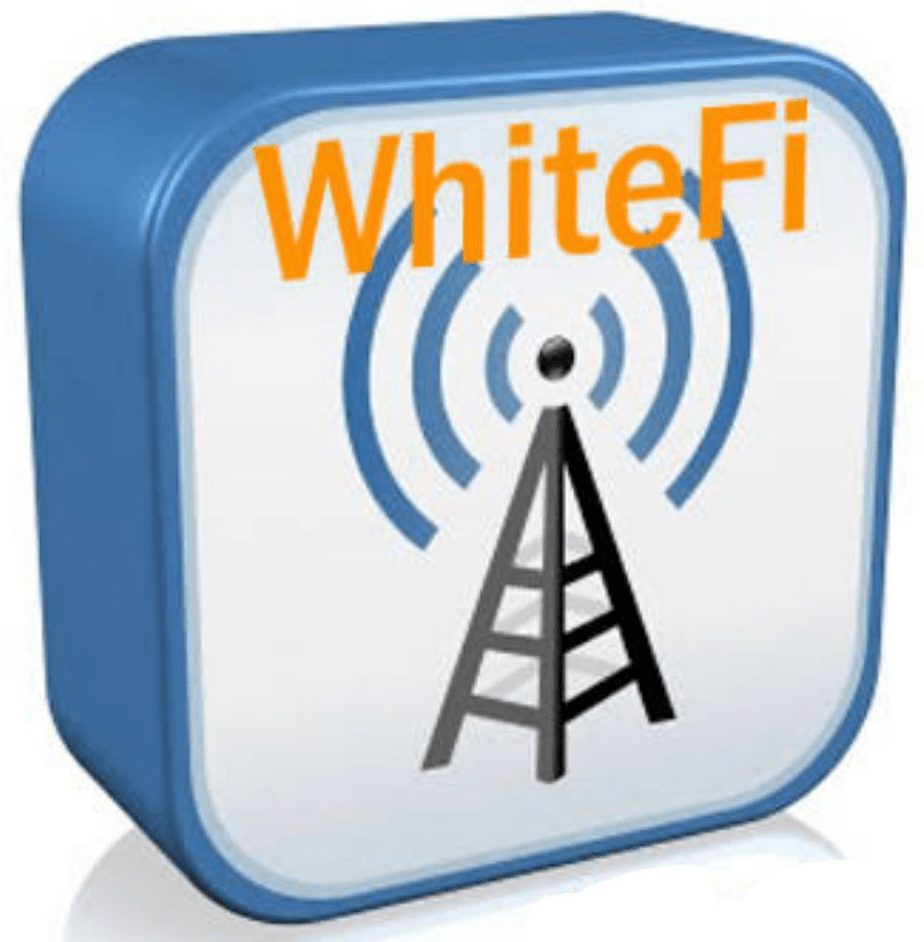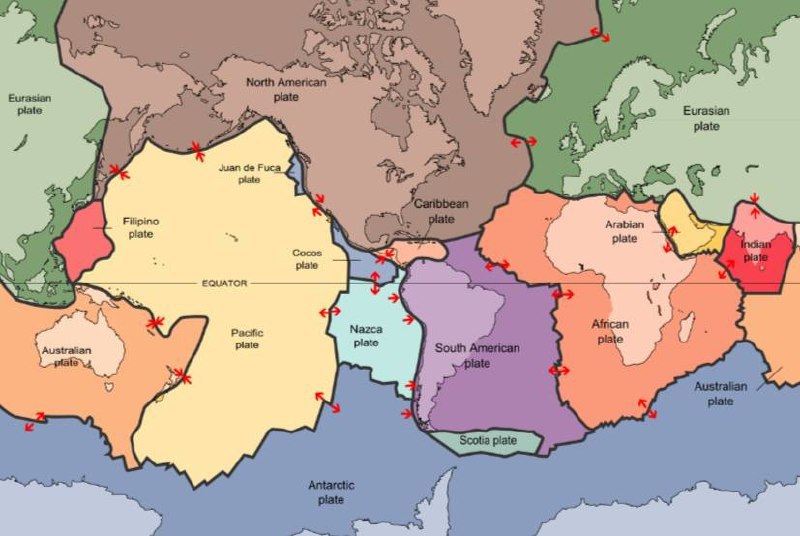
White-Fi, also often referred to as Super Wi-Fi and White Space Wi-Fi, is a method for creating wireless networks within analog TV broadcast frequencies as opposed to the usual 2.4 GHz radiofrequency, which is used by regular Wi-Fi networks.
The main benefit of white space-based Wi-Fi is its ability to cover a much longer distance than traditional Wi-Fi. On average, a White-Fi signal can blanket a surrounding area of around seven miles, which means that establishing a network can be much cheaper and would require less effort and equipment to develop.
The possible range of White-Fi makes the technology a practical solution for bringing internet connectivity to regions that lack an established telecommunications network.
While faster than 4G networks, White-Fi is being outpaced by newer 5G technologies, which can promise download speeds of at least 20 Gbps.












